29 Nov The Balay Canossa Foundation: Giving Hope and a Future to Street Kids
Last November 23, the Philippine Information Agency Region 10 in partnership with the Limketkai Luxe Hotel, held its weekly program, Talakayan sa Limketkai at PIA, at the Kave Restaurant function room of the Limketkai Luxe Hotel. That week’s program topic dealt with the celebration of 5th Juvenile Justice and Welfare Consciousness Week on November 21 – 25, with the theme, “Rehab, Hindi Rehas: Itaguyod ang R.A. 10630.”
Since juvenile welfare and street kids were part of the program’s discussions, the topic on the Balay Canossa Foundation that provides shelter for street kids was brought up, owing to the fact that Limketkai Luxe Hotel, through its general manager, Mr. Jerome dela Fuente, is a regular contributor to the foundation.
Just what is the Balay Canossa Foundation?
The roots of the Balay Canossa originated from its parent, the House of Friendship, which was established in 1978 at the Sto. Niño Parish, Cogon, through the initiative of the late Arch. Patrick Cronin, SSC, DD.
This was the archdiocese’s response to the growing problem of the city’s homeless or street kids. It was administered by the St. Joseph Working Sisters.
Video Courtesy of Youtube:
In 1983, the House of Friendship was turned over to the Canossian Sisters. During this period the majority of children in the House were from the Cogon area. Also, starting in the early 1990’s, the Canossian Sisters began to work together with CSWD social workers in order to “approach and come on” to potential street children not only in the Cogon area but also in Divisoria. It was also this time that the sisters rented an old building in the Cogon area in order to accommodate more street kids under its Street Kids Ministry and Outreach Program.
By the mid-90’s, it was evident that the House of Friendship and its annex in Cogon could not keep up with its implementation since it needed a more “homely” environment for its children to grow up in better surroundings. Being in the Cogon area was becoming a motive for some of the street kids to simply go back into the streets.
Thus, through local and foreign donations, a four-hectare lot in Tablon was purchased and a home-like building was built. On September 15, 1990, the center-based program Balay Canossa Home for Street Children was inaugurated, located in Purok 9-A, Linangohan, Tablon.
This new rehabilitation home was now able to provide for homeless or street children who needed a second chance at life in terms of food, clothing, and shelter. Those who were willing were sent to nearby public schools. Other services provided were catechism, recollections, counseling, livelihood and occupational therapy.
During fiscal year 1996 – 1997, discussions and planning began for the possible transfer of the House of Friendship and its annex in Cogon since the annex was falling into dilapidation and the House in Cogon parish was too small to accommodate more street kids. On April 12, 1998, the House of Friendship was officially transferred to the Balay Canossa in Tablon, occupying its own building within the property.
On December 14, 2000, the archdiocese eventually took steps to merge the two houses. Thus, was born the Balay Canossa Foundation, Inc. (BCFI) on January 25, 2001. In August 2001, the Department of Social Welfare and Development (DSWD) granted Balay Canossa its license to operate as reception home for individuals in a crisis situation and will not only cover Cagayan de Oro City but also Misamis Oriental in accordance with Section 23, Republic Act 4373, “An Act to regulate the Practice of Social Work and the Operation of Social Agencies in the Philippines and for other purposes.”
This provides Balay Canossa the authority to provide assistance and services in the identified areas of operation in consonance with the national development policy with periodic consultation and technical assistance from the Department of Social Welfare and Development. Based on this, the foundation’s focus is now on cases from the DSWD involving CICL’s or Children in Conflict with the Law rather than simply “inviting” street kids to come to the foundation.
Beginning in 2012, the four-hectare area of the foundation was becoming a catch basin and being affected by floods due to the increasing industrialization of the Tablon area and the rise of factories and warehouses. Hence, on October 2012, a portion of the lot was sold, leaving a 1.4 hectare area for the Balay Canossa. However, with the increasing industrialization in the area and with more residential areas also surrounding the area, flooding continues to threaten the foundation. The foundation is now contemplating to find a better, healthier, and more conducive location for the children.
Balay Canossa stands by its firm policies, in accordance with DSWD, to admit only orphaned, neglected, abandoned, or street children, especially from parents who have become addicted or who are dealing in illegal drugs and substances. These children must come from CICL cases in Region 10, and must be from 6 years to 12 years old. Foundation residents who are 18 years old will be discharged to their biological family or foster homes except for special children.
Though no statistics are available, from the time of House of Friendship up until the present Balay Canossa Foundation, it can be safely said that more than half of the home occupants have gone on to become successful citizens, given their second chance at life. Some went on to finish secondary schooling, some went on to finish college, and most have gone on to lead normal lives. The number of children to return to the streets or to illegal substances cannot be helped since the home is voluntary in nature and not a prison. But many return each year to lend their time in volunteer work and even contribute financially, a growing testament that when you invest in life, love, and a second chance, you also get the same in return.
To keep the Balay Canossa Foundation going and to help in its search for a better location, it is with hope and prayers that Cagayanons and Misamisnons can share their blessings for this season of giving, and perhaps even beyond. Corporations and organizations are also encouraged to share their blessings, no matter how small, on a continued and consistent basis.

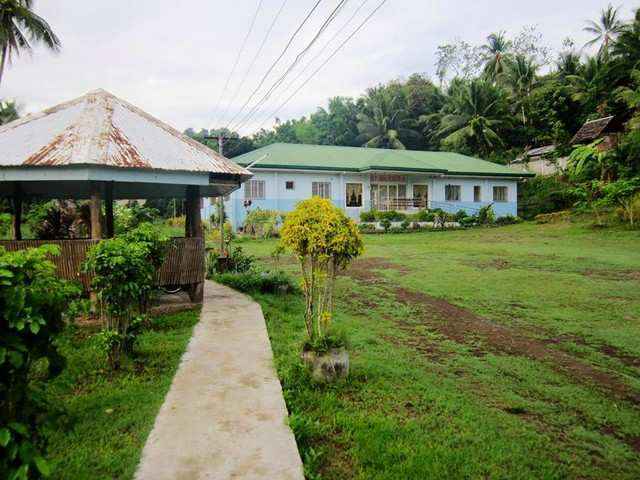
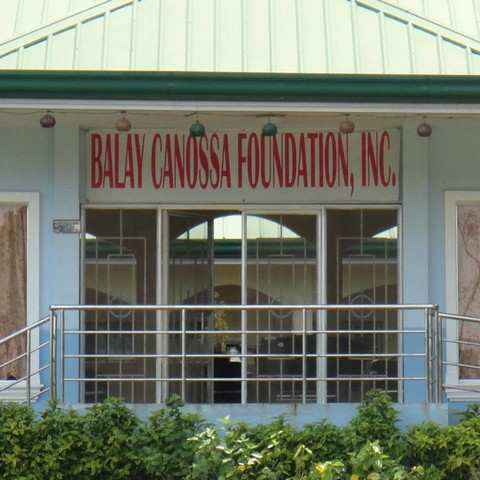
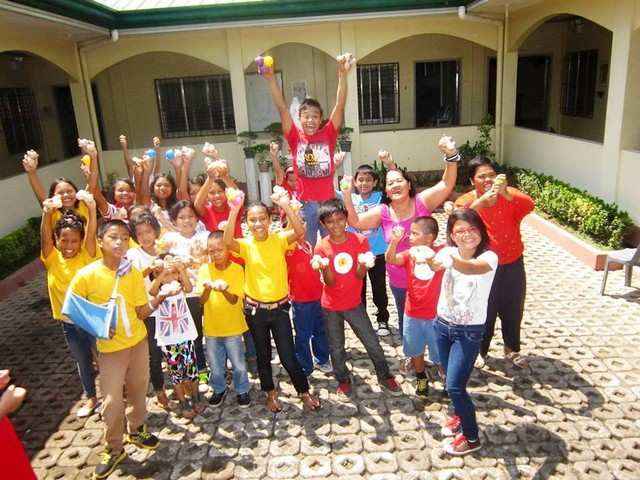
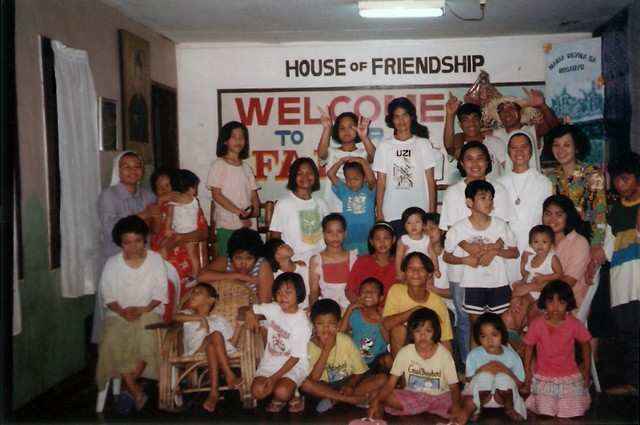
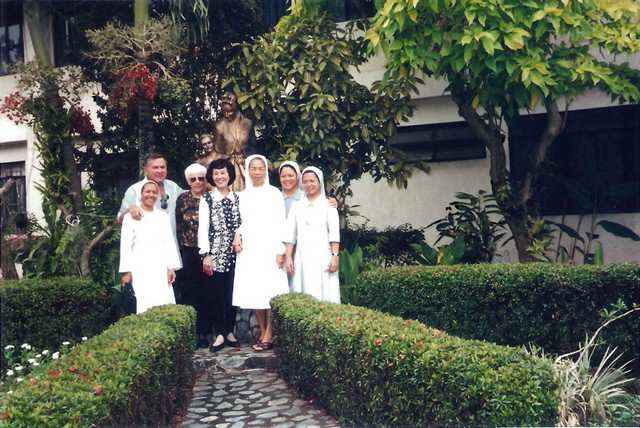
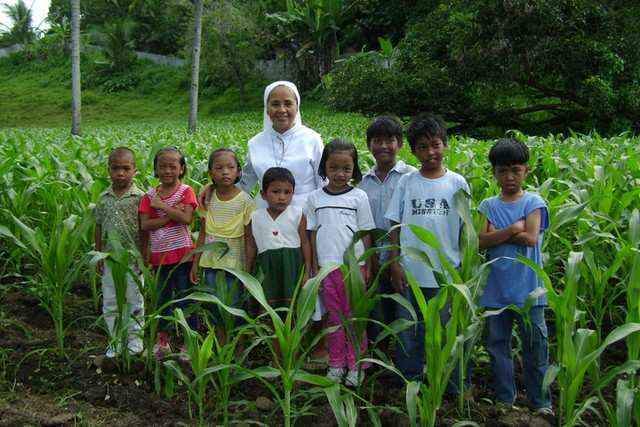
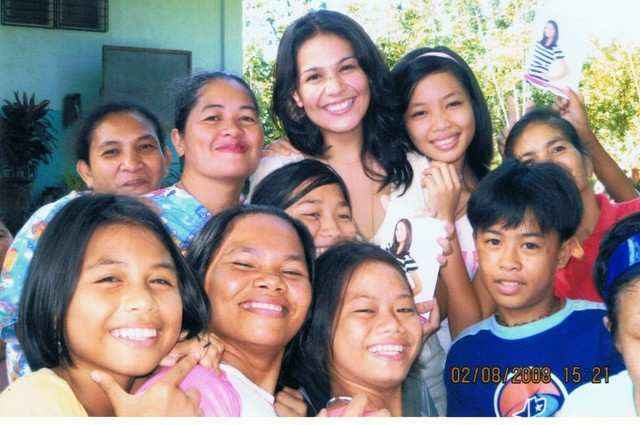
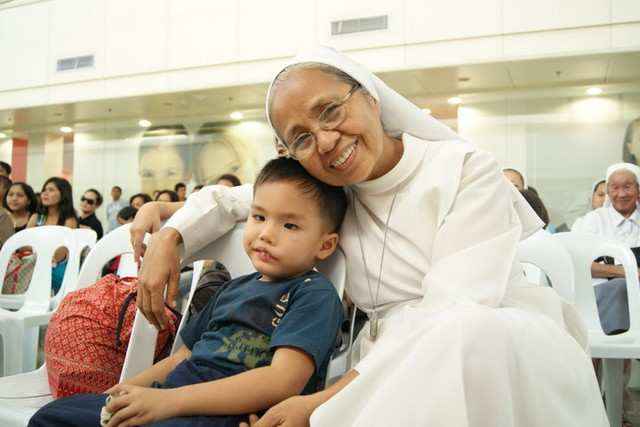
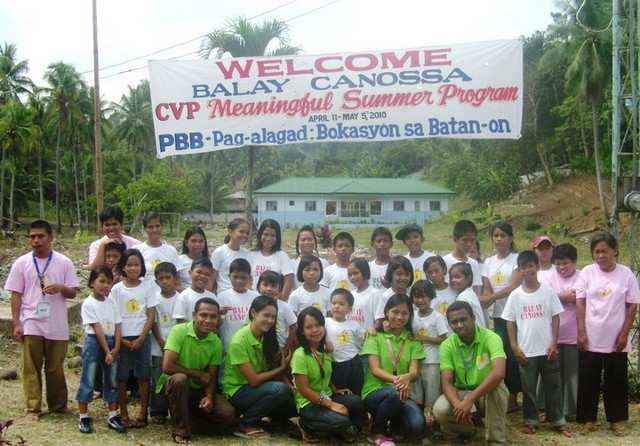
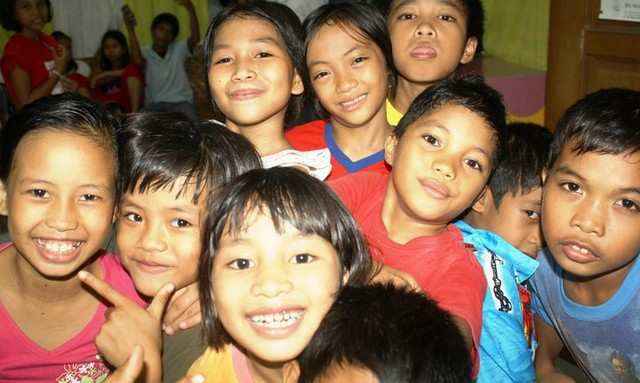
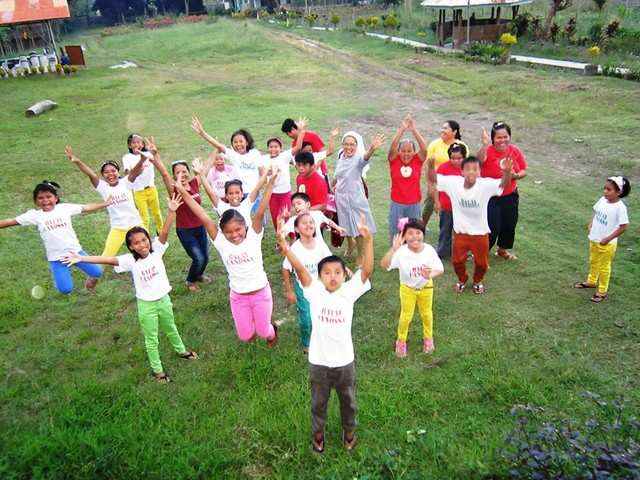



No Comments